FRACTAL PATTERNS OF CREATION
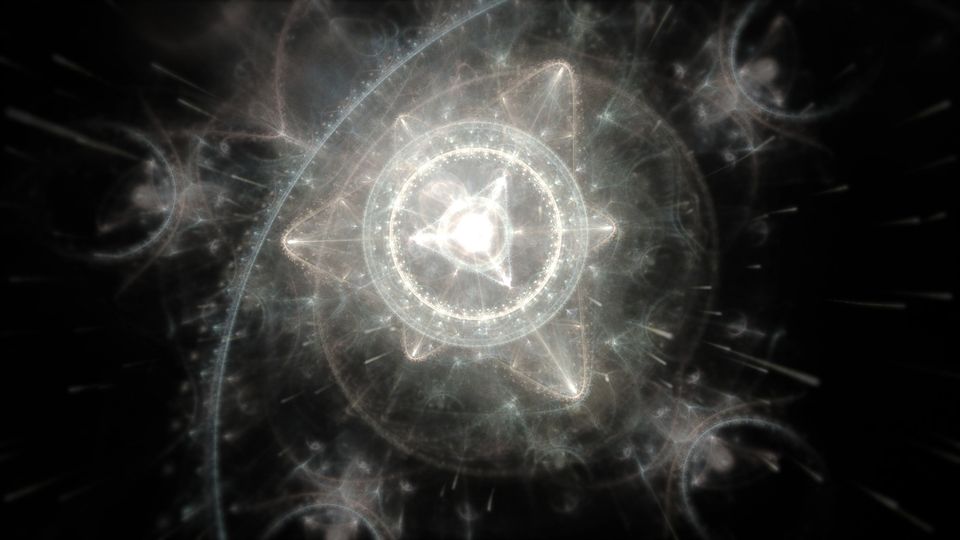
“The Cosmos is full of mysteries. When they are uncovered, they fill the world with thier light.”
– Thoth, the Emerald Tablets
One of those mysteries is the language of creation.
Most people immediately think that it is math, but this would not be correct, because mathematics and numbers as we know is a human created tool to understand nature.
The language of creation is Geometry.
The term “Sacred” Geometry implies that it is not man made.
There are 3 primal principles to creation: Geometry, Vibration and Fractals.
Those simple principles used in variations create complexity out of the simple. And vice versa the simple essence remains in the complex.
No matter what form of creative expression there is, the moment it includes the language of creation, it will not only become an extension of nature, but will also contain an essential magic.
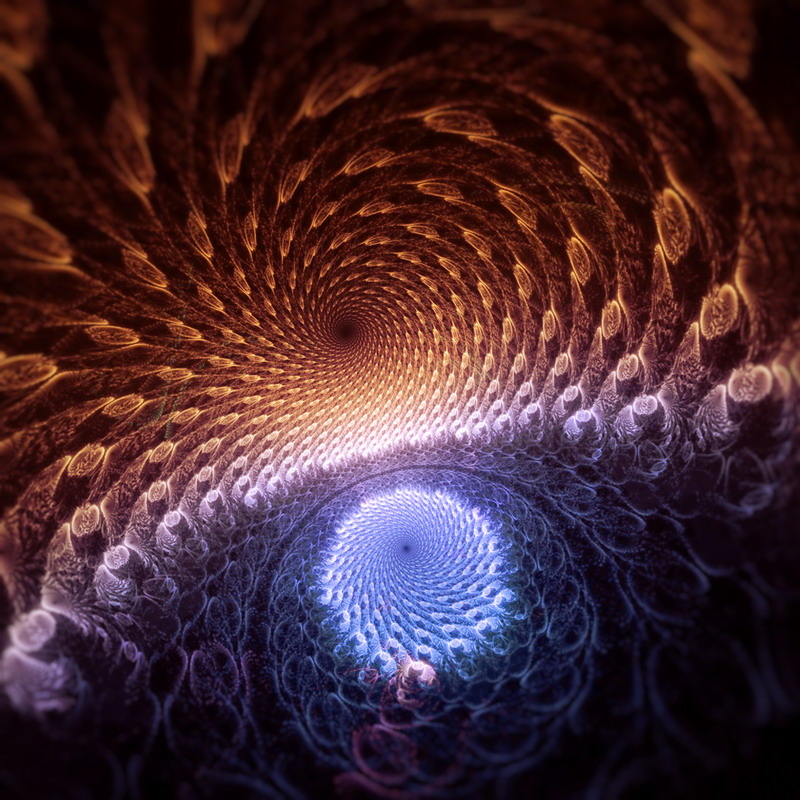
What are Fractals?
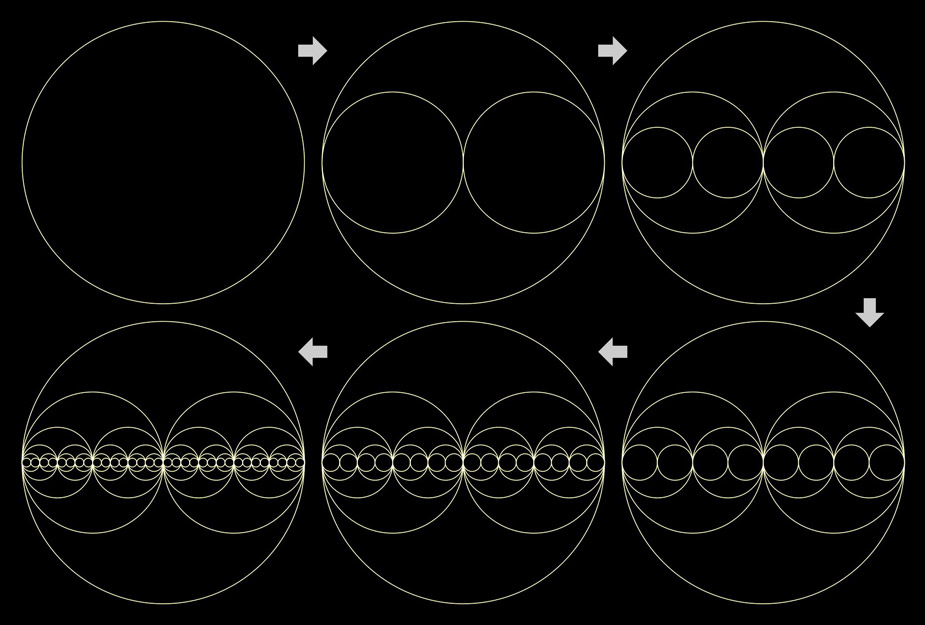
To begin with, here is a short introduction to what fractals are.
The most simple definition is: “A shape of which a part is similar or identical to the entire shape”.
Let’s see how it looks like, using a simple example with a circle.
We take a circle and place two smaller circles next to each other into it, and then repeat that process with the smaller circles.
The resulting image we get has a fractal structure, as a part of the image is identical to the entire image.
Extending this principle of “self-similarity” we see the property of fractals not only in images, but in systems and structures as observed everywhere in nature.
Two other very known classical fractals are the “Sierpinsik Triangle” and the “Koch Snowflake”.
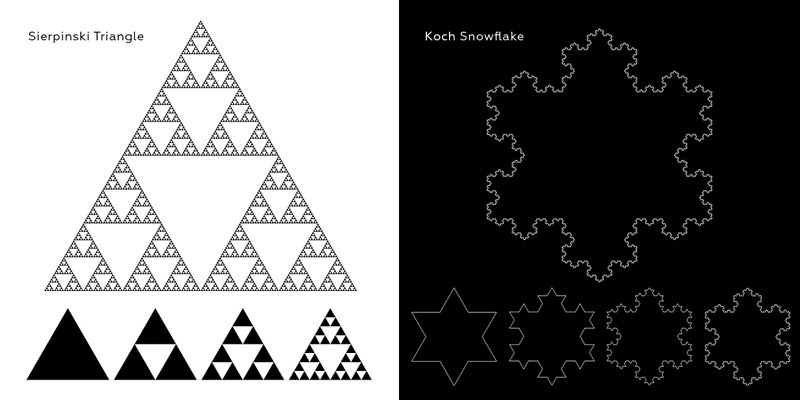
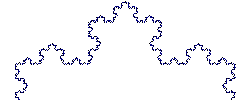
If you zoom in into a part of the Koch Snowflake, you will see that the level of details is literally infinite.
This attribute gives this kind of mathmatical objects peculiar properties. For example this Koch-snowflake has an infinite scope, but a limited surface.
They do not have classical whole-numbered dimensions, but “broken dimensions”. Here the “Koch snowflake” has a dimension of 1.26186
As above so below
If you are not already fascinated by fractals, you might wonder why you should even care about them and what you could possibly learn from them.
Maybe this image can help to answer this question.
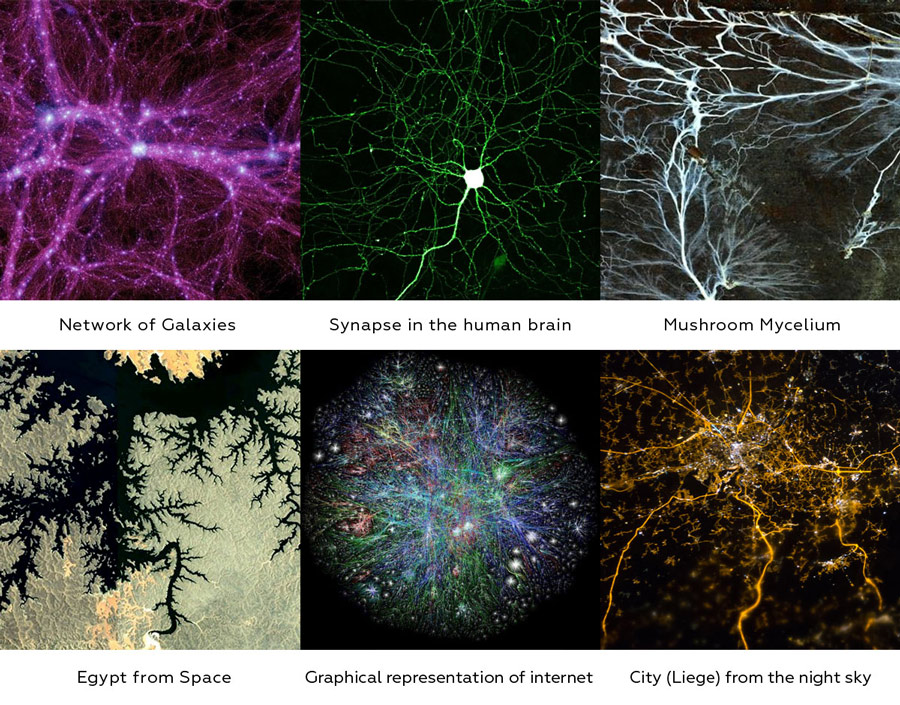
Why do these patterns on the microscopic level resemble the same structures of galaxy clusters? Why are they found in so many areas and on different scales?
Nikola Tesla once said:
“If you want to find the secrets of the Universe, think in terms of energy, frequency and vibration.” – Nikola Tesla
Studying the principles of nature can help us look at the workings behind the manifested shapes. Not only can it draw us nearer to these secrets, but also reminds us of the beauty and wonder that we are made of.
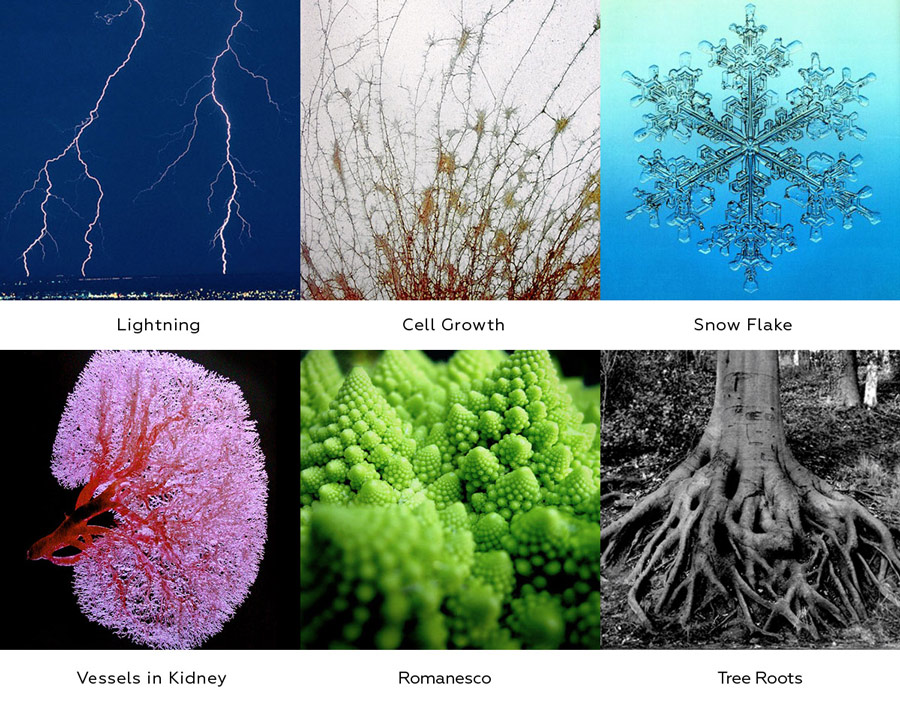
Father of Fractals – Mandelbrot
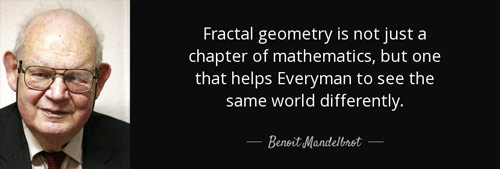
Fractals as we know of today is truly a very young phenomenon.
They were discovered and first visualized in the 1970s when computers emerged. Even the term “fractals” (from Latin, meaning fractured, broken) was defined at that time by the mathematician Benoit Mandelbrot.
Up until that time, phenomenons like the classical fractal objects were put off by most mathematicians as curiosities and “mathematical monsters”.
They did not receive much attention as they were thought of having no practical use, until Mandelbrot came with his unique approach.
Facing a few challenges that Mandelbrot had at that time, he came to the conclusion that the shapes in nature cannot be described by classical geometry, such as cubes, cylinders and circles. A new way is needed to understand the language of nature.
He was the first person to visualize complex numbers. Using a very simple formula (Z=z²+C) repeated endlessly on a computer, we get the “Mandelbrot Set” named after the creator.
Hear it with his own words in this very moving clip – the last interview before Mandelbrot passed away in 2010.
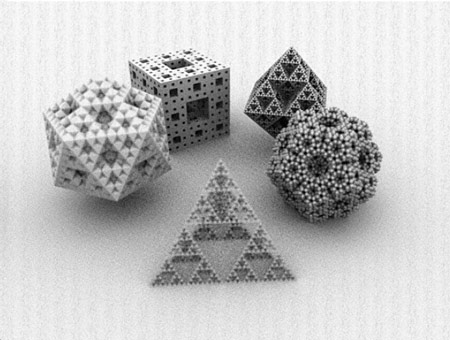
Magical Numbers
I know that math is not everyone’s cup of tea.
But when we go away from dry calculations known from school to exploring the properties of nature through numbers, things can become a lot more fascinating.
Below are some images based on complex and hyper-complex numbers. They are beautiful to watch and can pull us in into foreign worlds…
Here is the classical Mandelbrot Set based on (Z=z²+C)
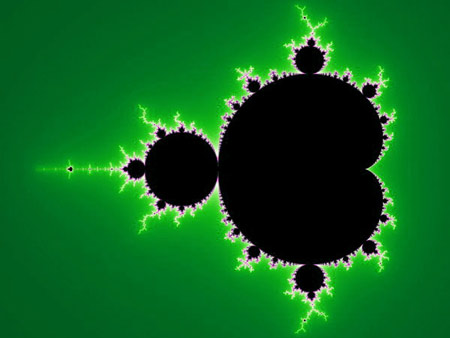
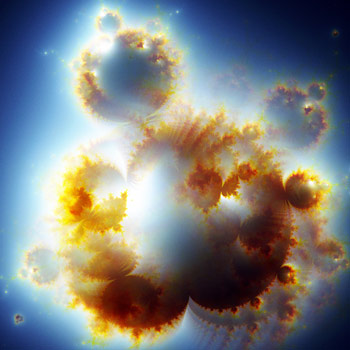
The so-called “Buddhabrot”, a variation based on the Mandelbrot formula
A “sliced open” Mandelbrot generated with hypercomplex numbers.
And more fractals created through hypercomplex numbers below.
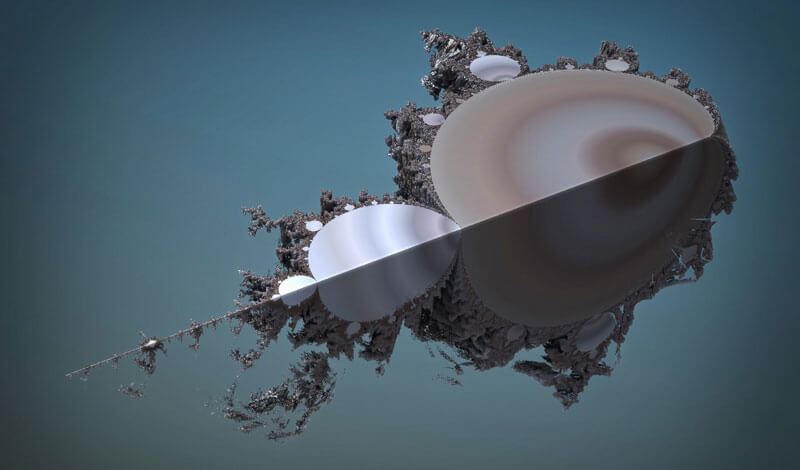
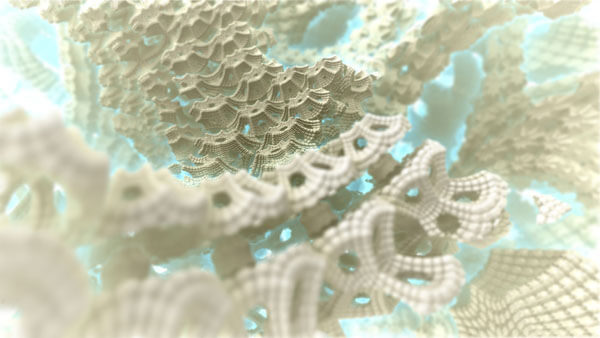
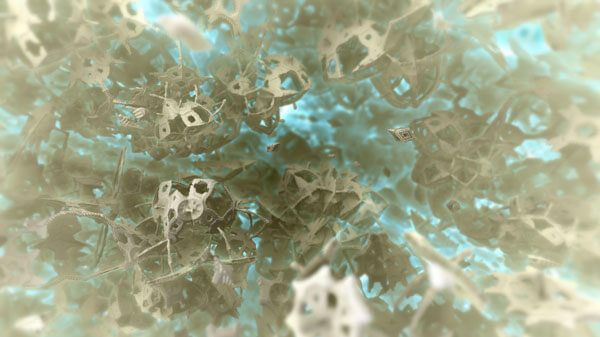
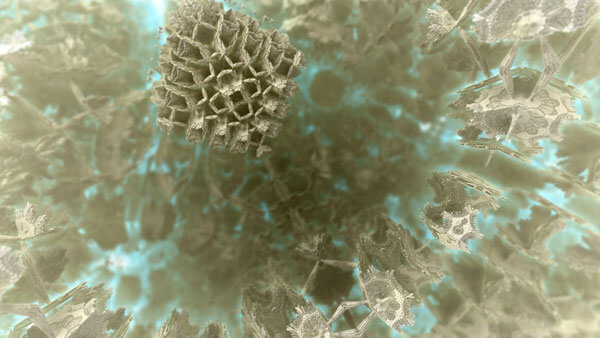
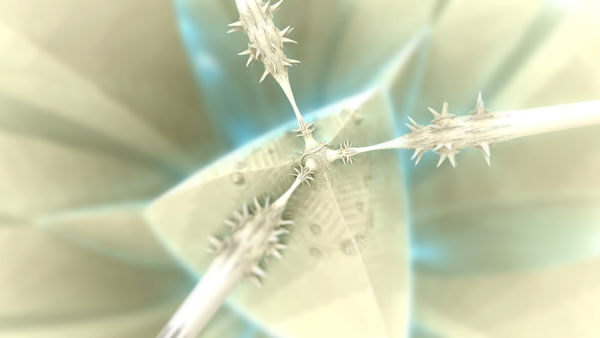
For those of you who want to know more about the underlying math and how these images are created, check out my post where I explain it in details:
A while ago I had the chance to talk to a math professor and I asked him a question that riddled me: Are the complex and hypercomplex numbers, hence the fractals actually a man-made construction or rather a discovery of something natural or universal that is already there? His answer was really interesting – he said, this is one of the oldest debates in the expert world of math where representatives of both sides argue against each other. So there is no clear answer to that. He himself believes, when looking at the images, that we have truly discovered something beyond concepts of the human.
Hear in his own words the father of fractals talks about the “art of roughness” at TED in 2010.
The class of “Flame Fractals”
It is useful to make a distinction between two main classes of fractals:
1. Fractals generated using algebra
2. Fractals generated using geometry
In the above section are images created algebraically using complex and hypercomplex numbers.
Below are the other class of so called “flame fractals”, generated using geometric operations.
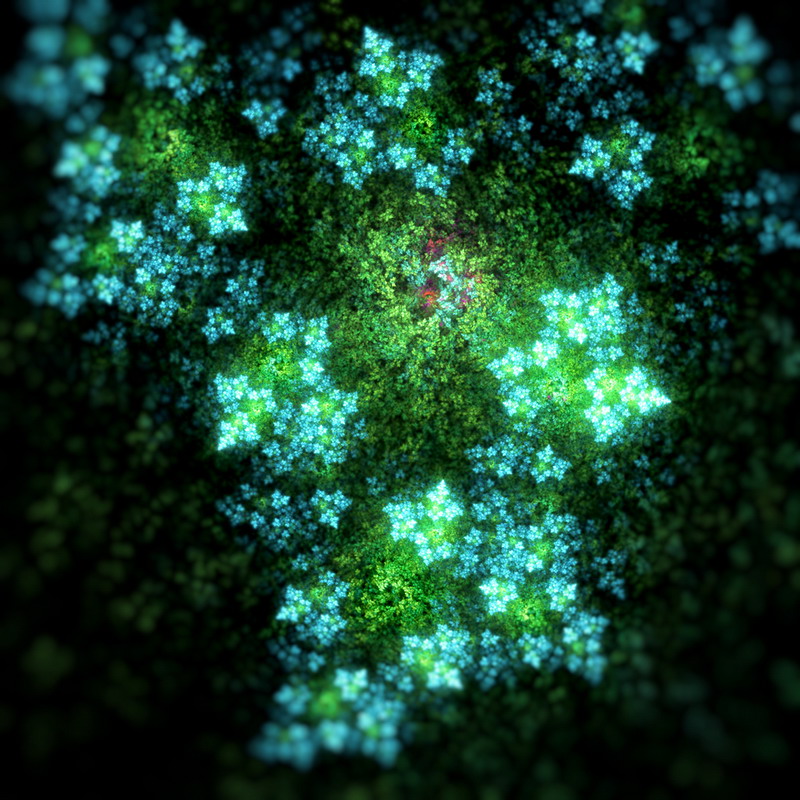
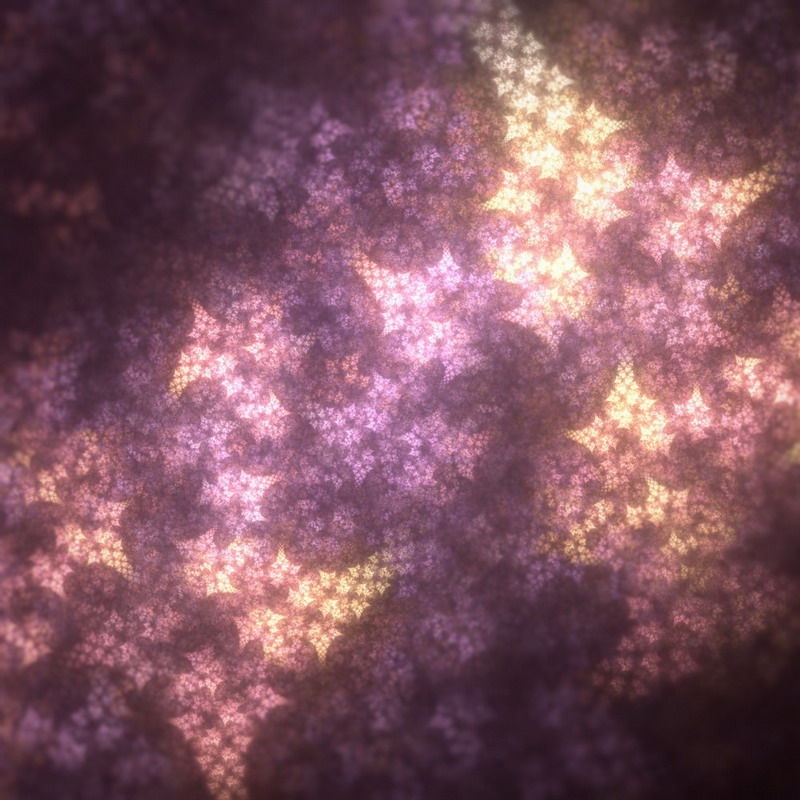

As you can see the images resemble structures that we know from nature. Could these patterns even visualize energetic blueprints into which nature manifests into?
And the type of images that are created through the same geometric operations but are not to be found in nature – could they somehow depict aspects of creation beyond nature as we know?
They certainly spark the imagination and fascination.
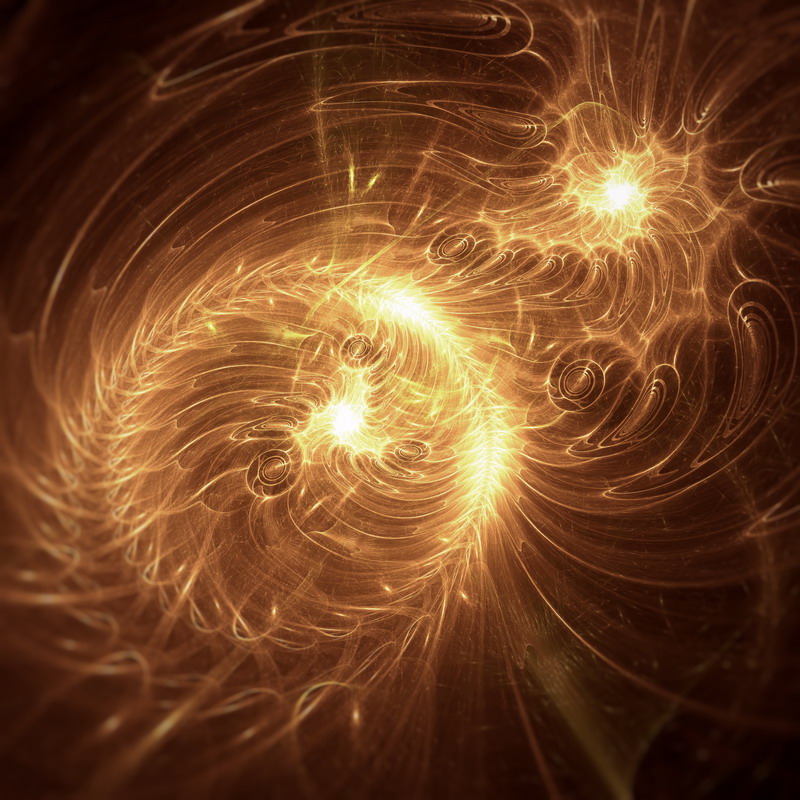
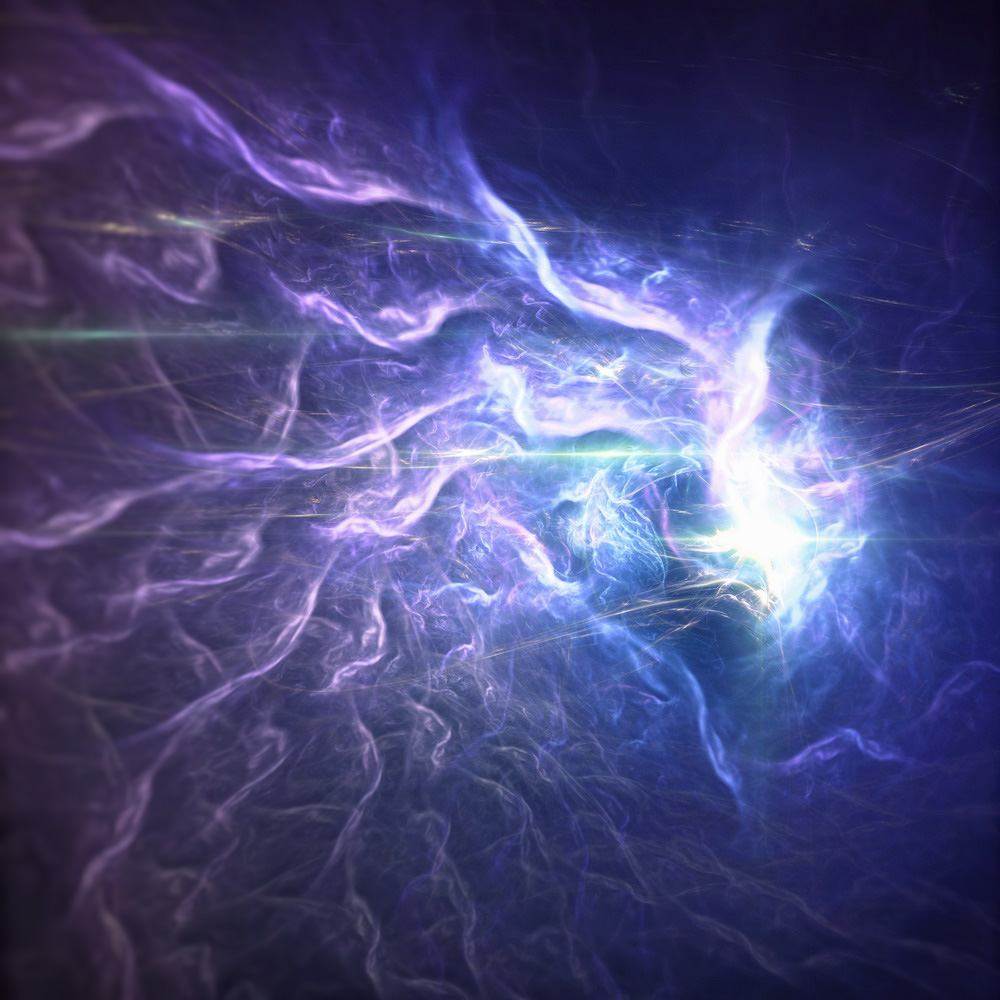
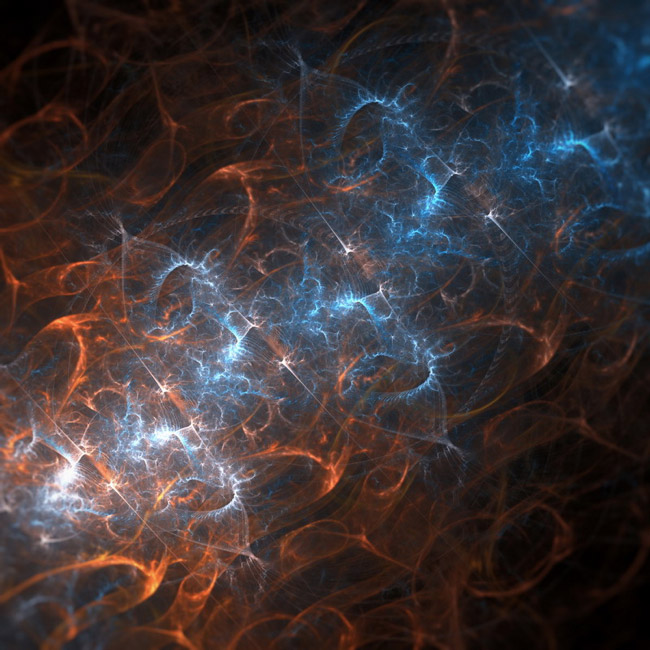
The class of flame fractals are my personal favorites. When I came across them for the first time I was mind blown, as I saw in them the possibility to visualize my inner journeys.
At that time I decided to “sacrifice” traditional painting to dedicate myself to the fractals.
To see more images check out the
▶ VOID VISUALS GALLERY
Fractals in Nature
Nature is full of fractals.
The fact that we find similarities in shape and form throughout the different magnitudes in the Universe shows that the fractal principle is a fundamental part of the creation process.
Trying to put some of the natural appearances into categories, I came up with a few categories of often observed fractal structures.
Bifurcation
(from Latin: bi = twice; furca = fork)
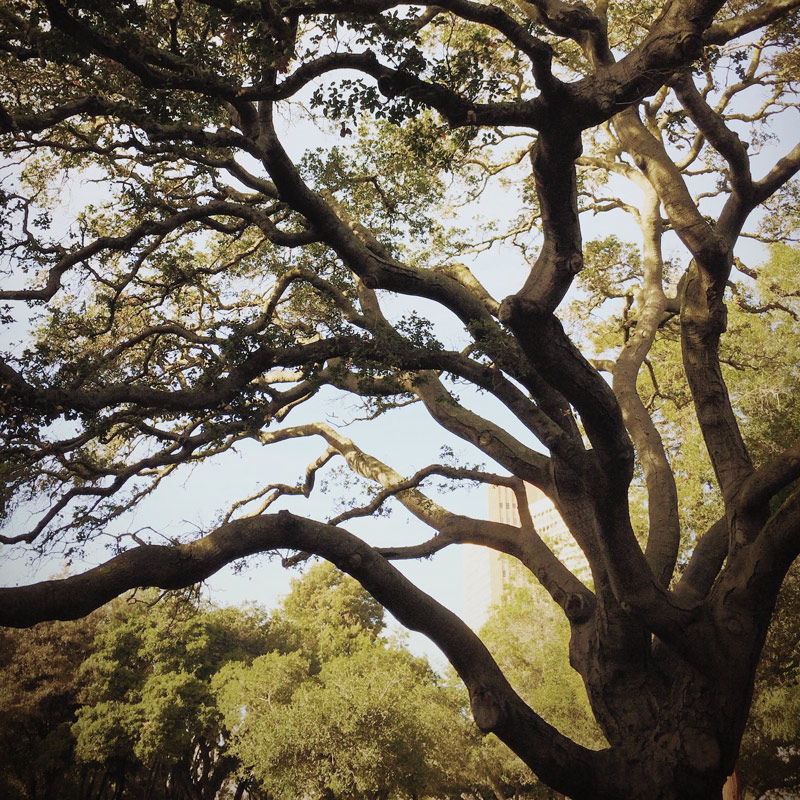
Tree branches
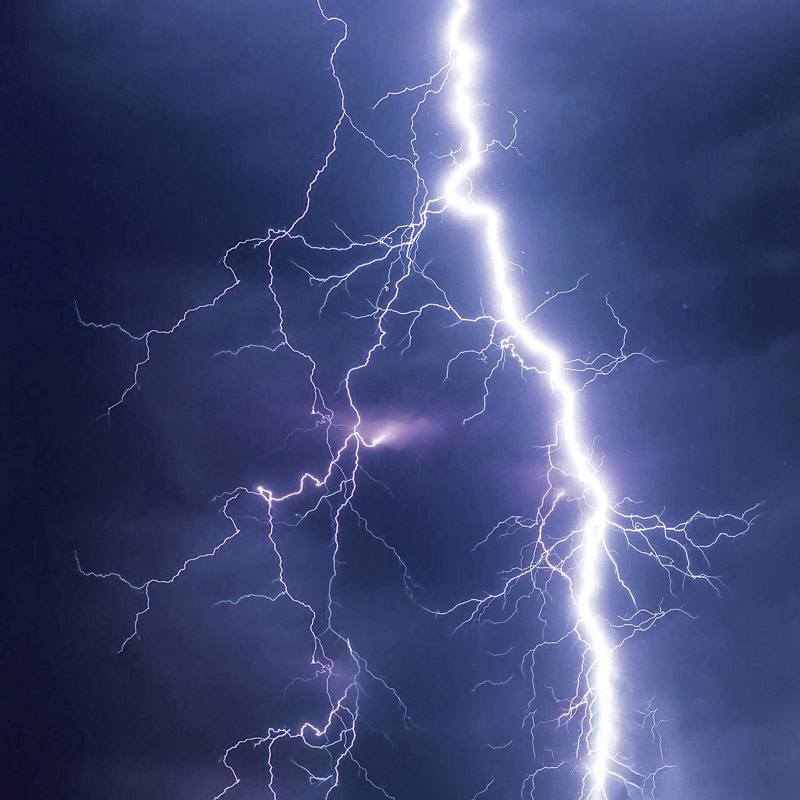
Lightning
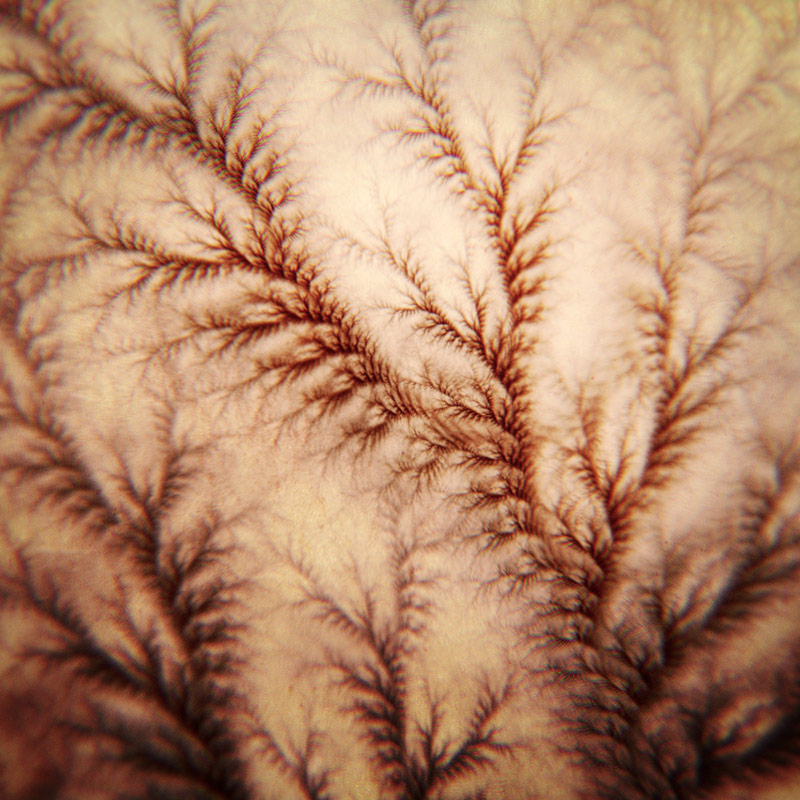
Flame fractal

Flower
Symmetry
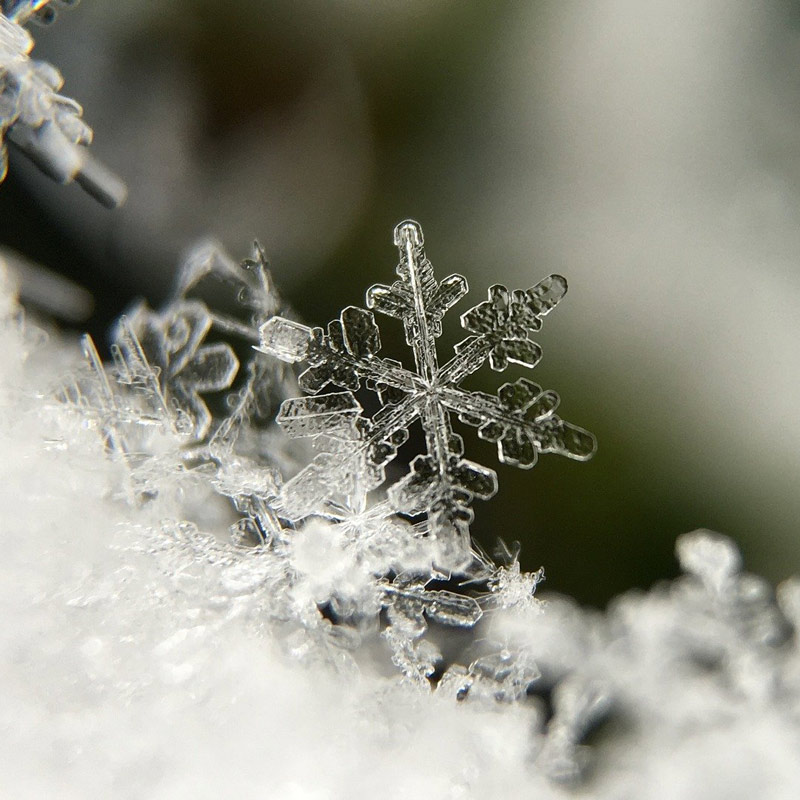
Snow Flake
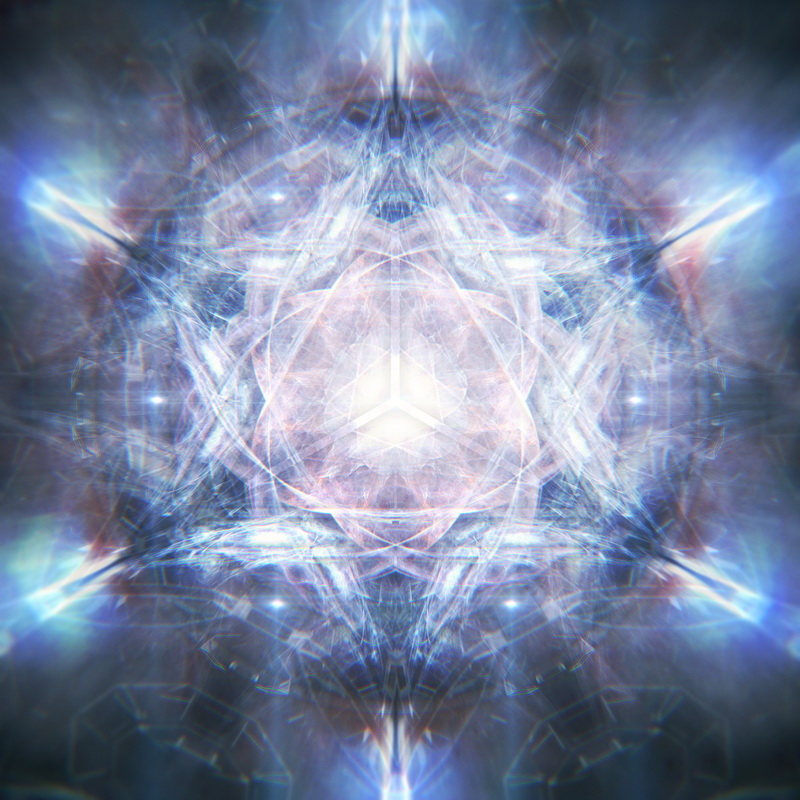
Flame fractal
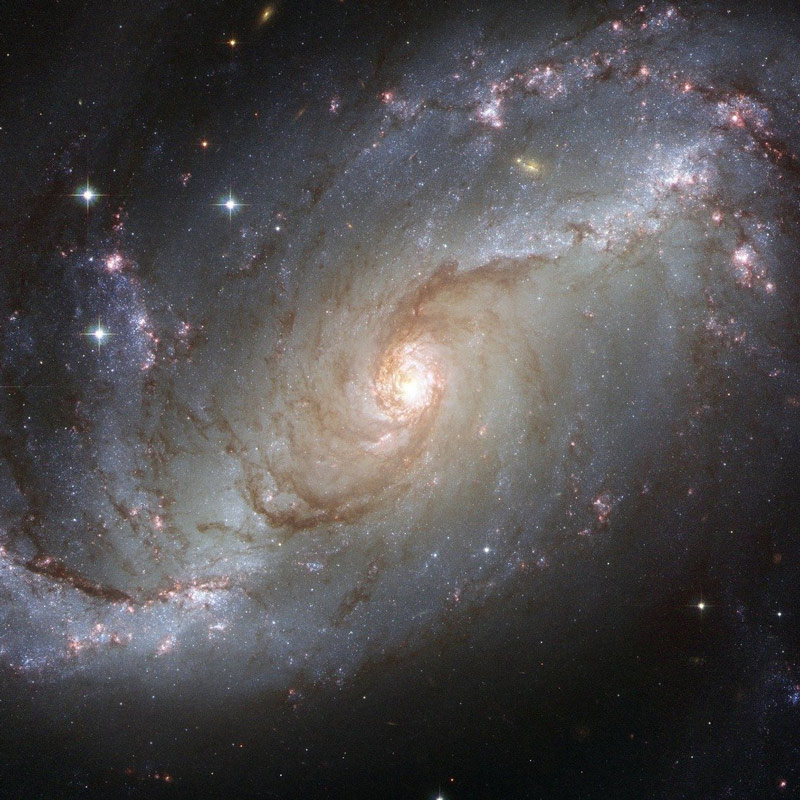
Spiral Galaxy
Spirals

Snail shell
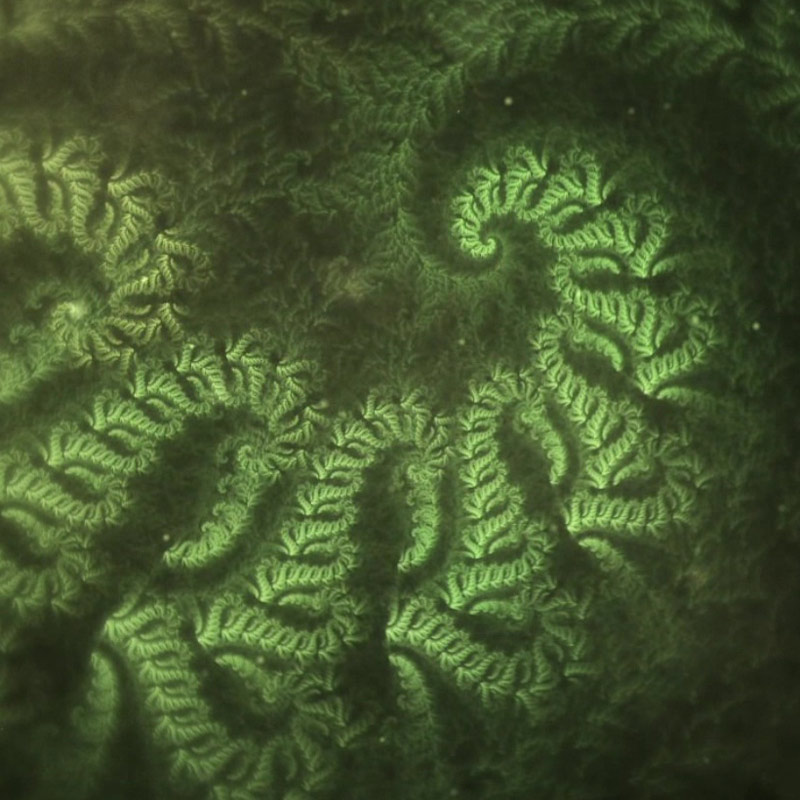
Flame fractal
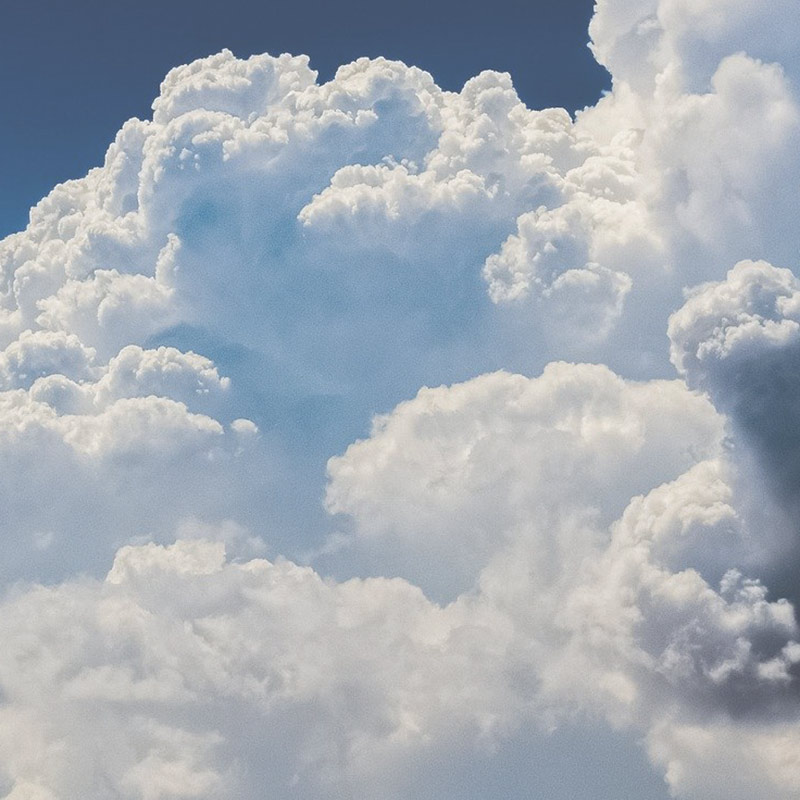
Clouds
Clouds and Nebulae
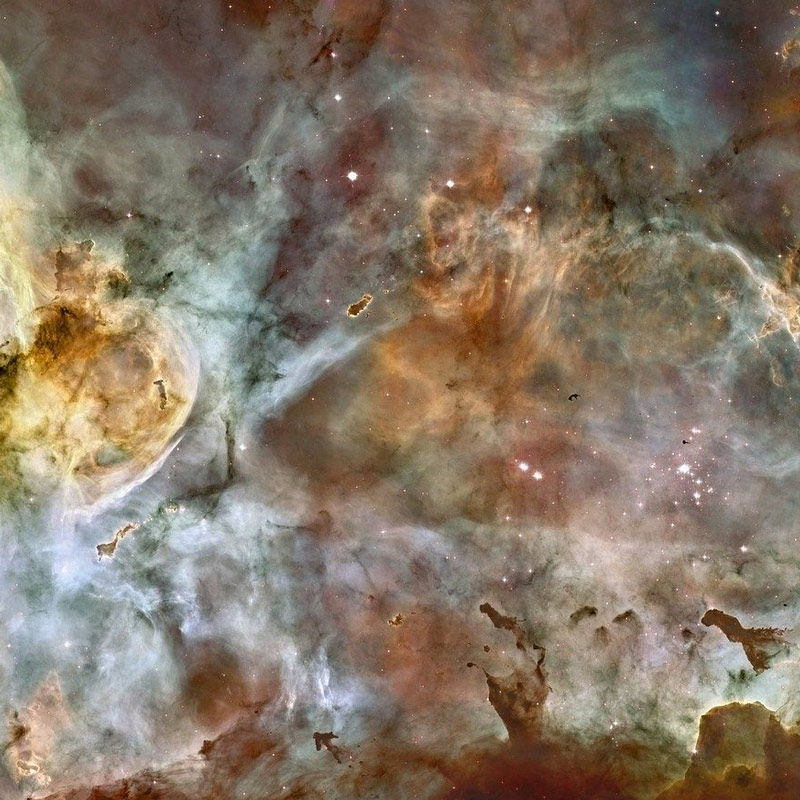
Space Nebula
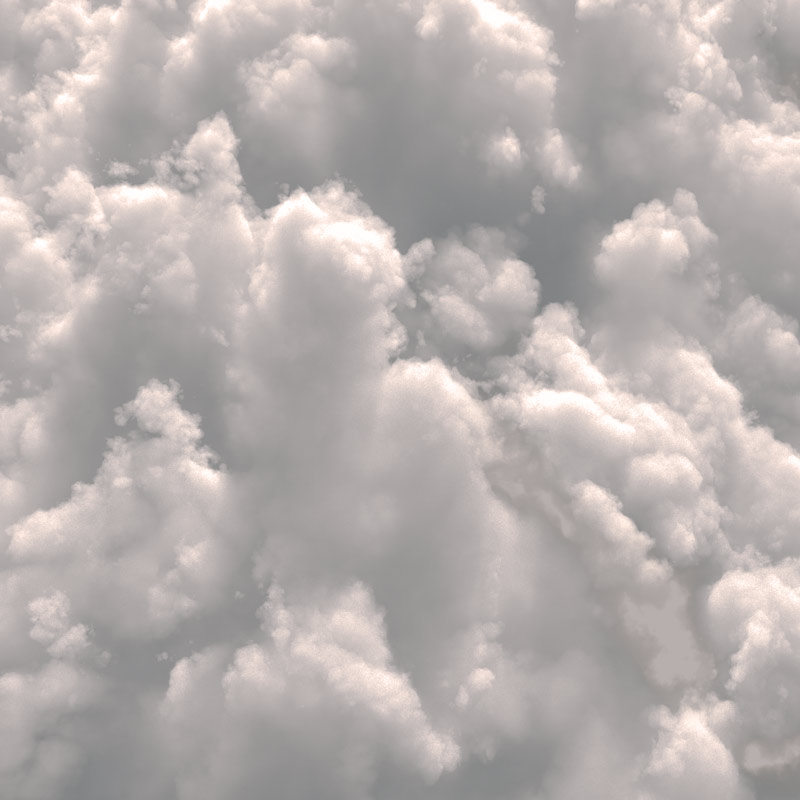
Computer generated clouds
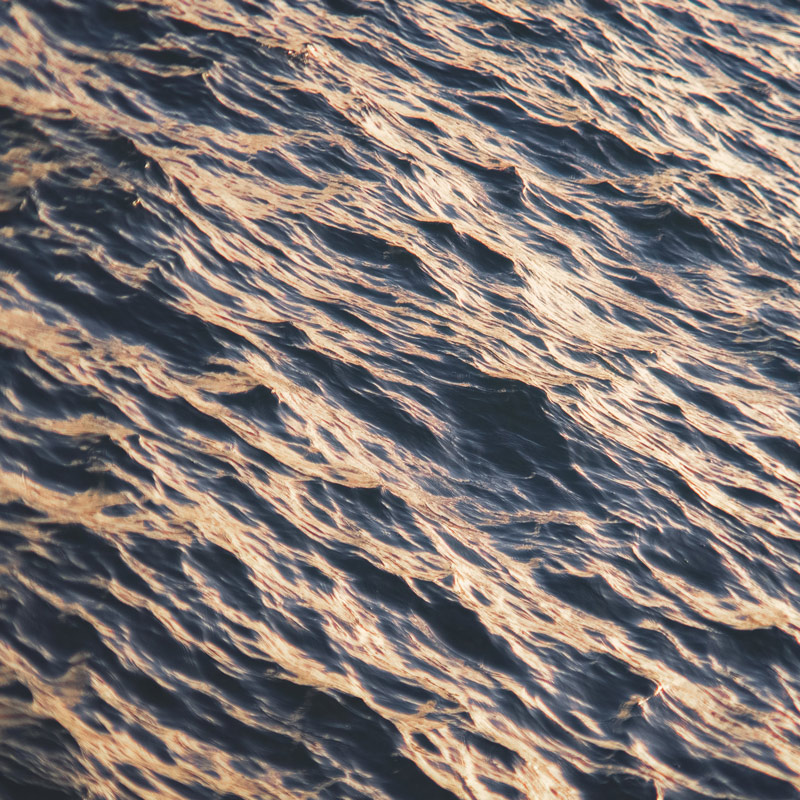
Ocean Waves
Water and Waves

Water Surface
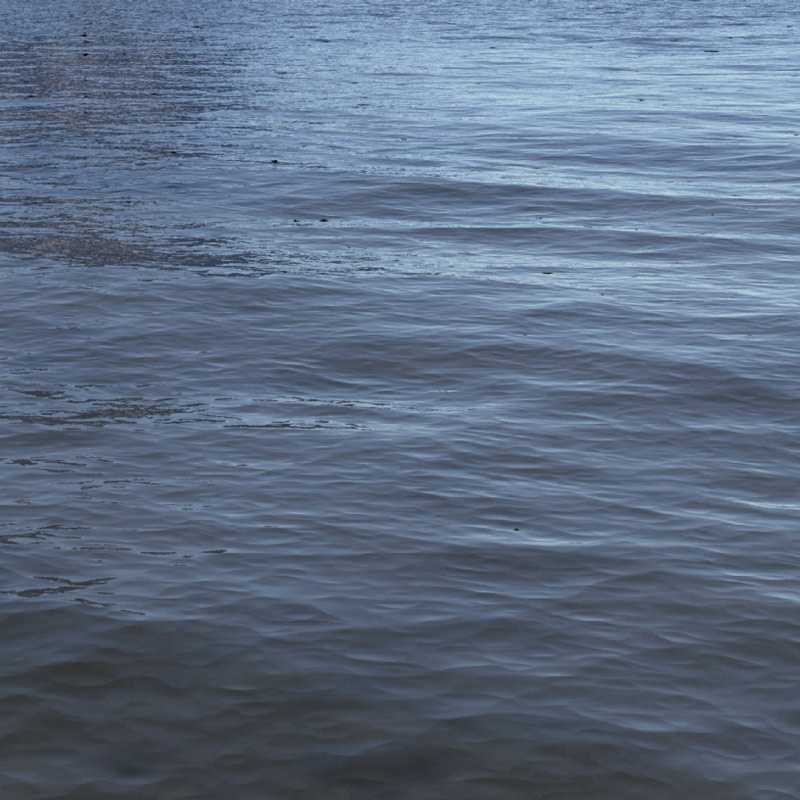
Computer generated water
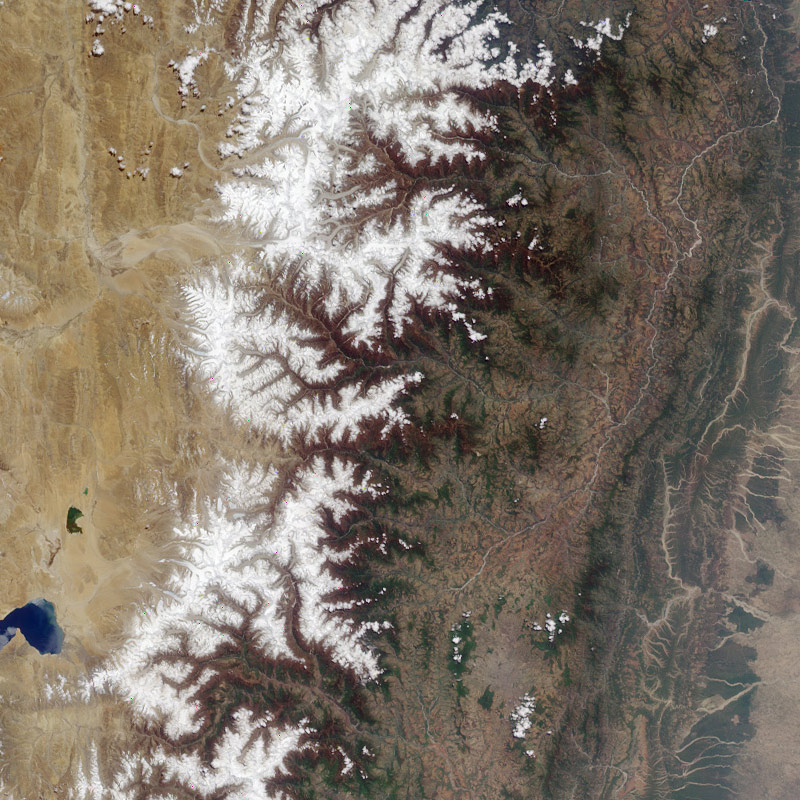
Himalaya from Space
Ridge structures
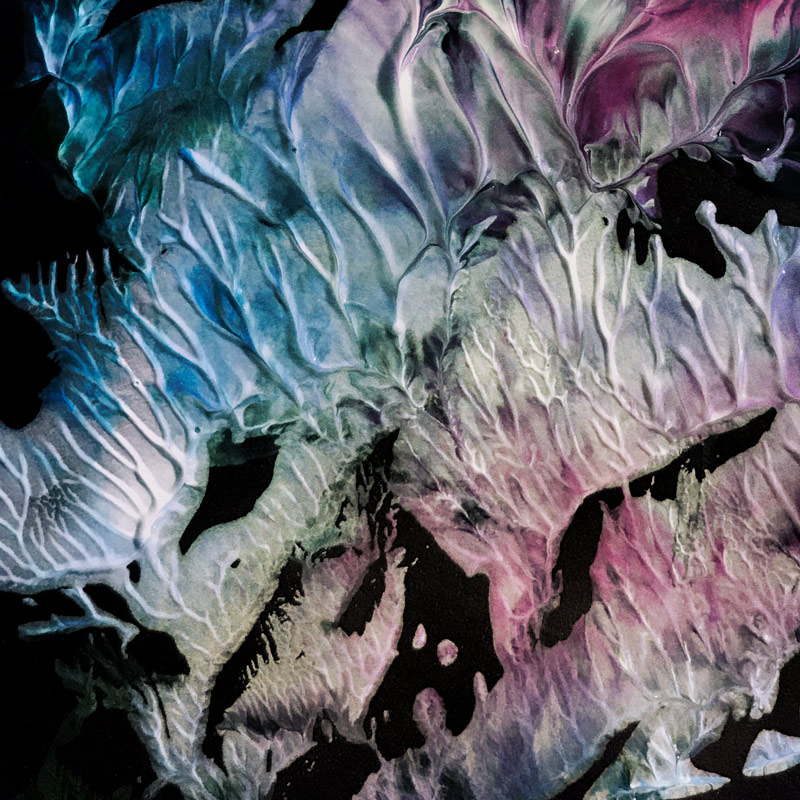
Acrylic Paint Structures
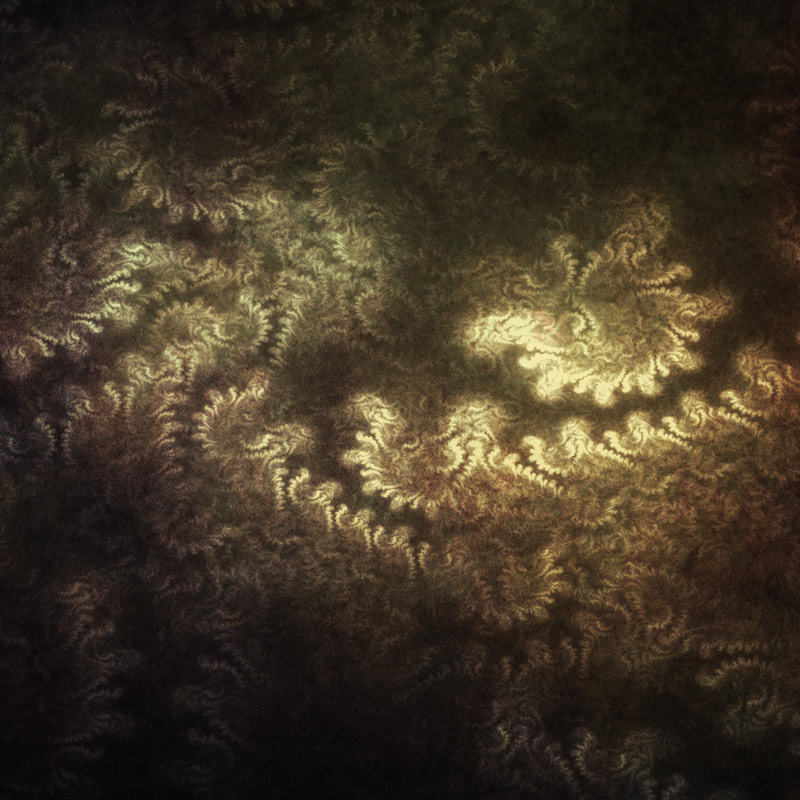
Flame fractal

Amethyst Crystals
Crystalization
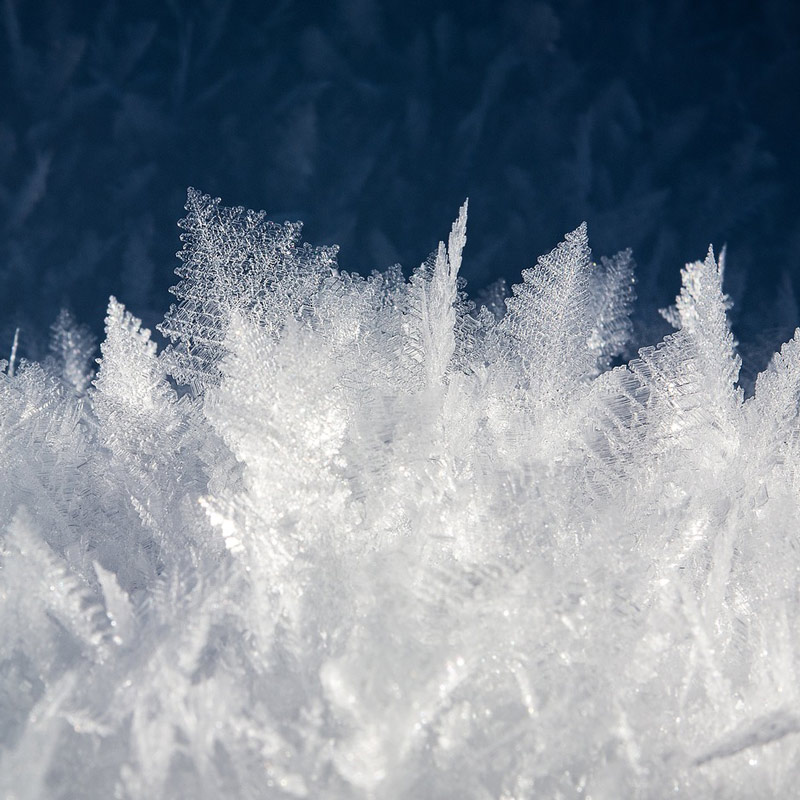
Ice Crystals
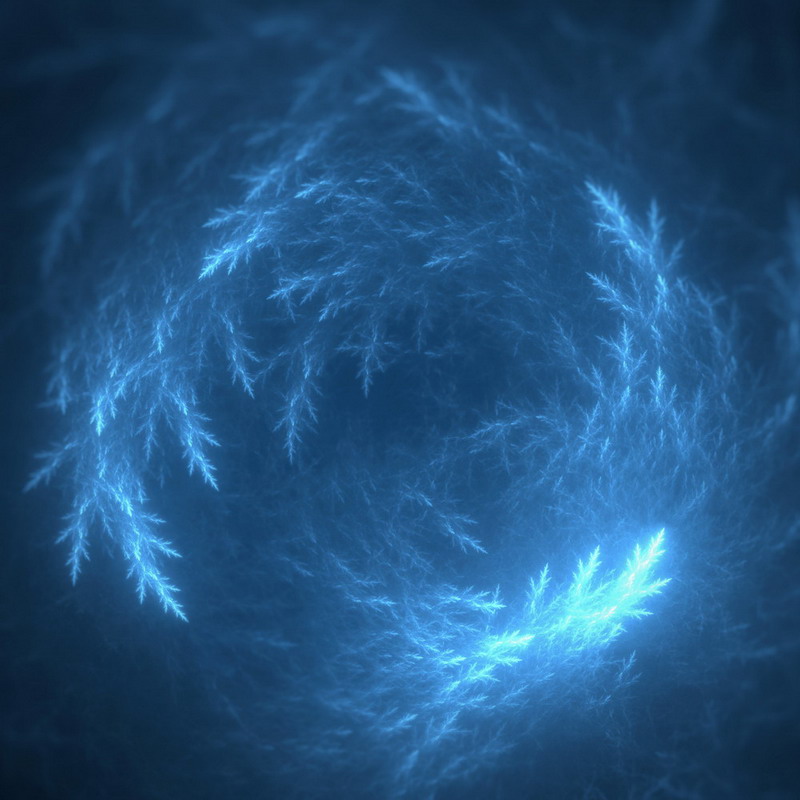
Flame fractal
Mandelbrot said: “A Fractal is a way of seeing infinity.”
And as you can imagine, there is much more to discover…
Next I want to show you what it means when we say that today, through the fractals, we have a “better understanding” of how nature works.
The canvas of Nature
After the work of Benoit Mandelbrot found its way into nearly all major disciplines in our society, we gained much more understanding of how nature works.
We could say that through the fractals we have “decoded” another part of the lauguage of creation. I find it fascinating to see this through images.
Here are some examples.
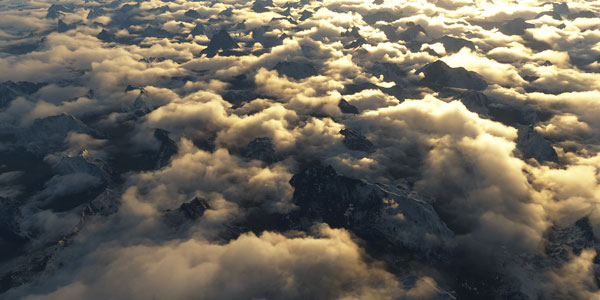
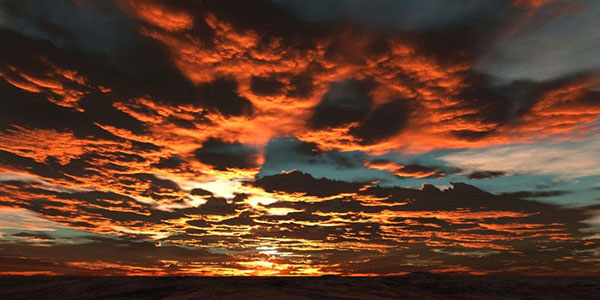
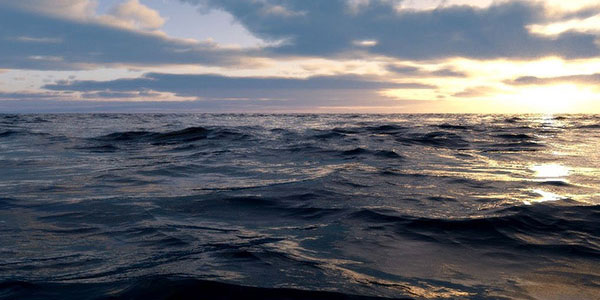
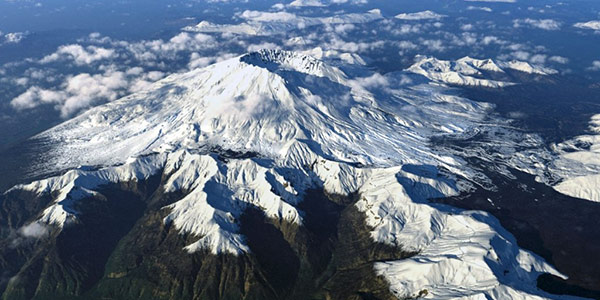
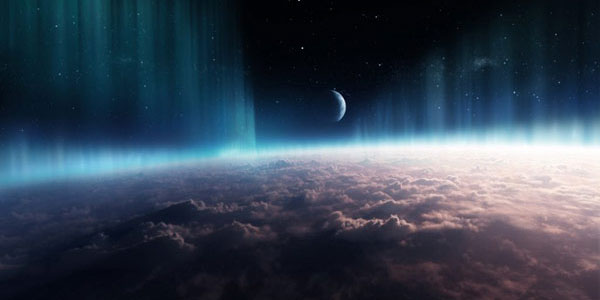
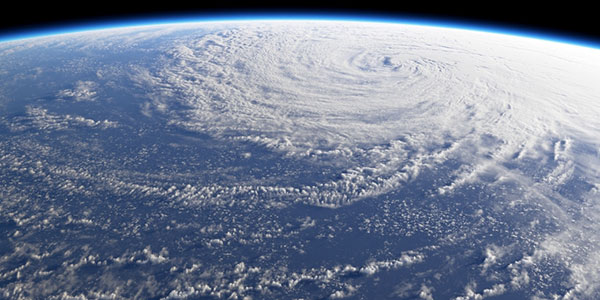
As you can imagine, the images are no real photos but are computer generated using fractal algorithms.
Clouds, terrains and water surfaces are all based on fractals.
The credit for these images go to different artists featured on the TERRAGEN website – the software used to create those images.
Today fractal procedures for generating digital landscapes have become an integral part for the film and animation industry. Artists use these tools to create all the landscapes, worlds, smokes and explosions and more that we watch on the big screens.
Fractal Sound
Sound and Vibration are fundamental principles on which the Universe is build upon.
What if I told you that these very principles have a fractal structure as well?
I am sure you have heard of harmonics or overtones. Every sound is made of a base tone and a pile of harmonics. This pile of harmonics is the information that our brains translate into sound color or timbre.
Let’s have a look at how that looks like.
First we have a visual representation of the base tone.
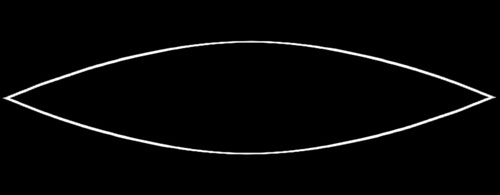
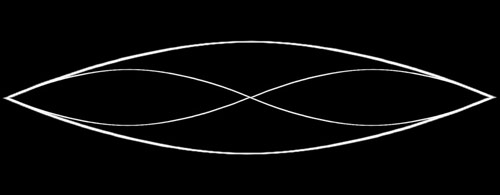
Next we add the first harmonic, which is 1/2 the vibration of the base tone. The result is an octave.
Next we add the second harmonic, which is 1/3 of the base vibration. The result is a fifth.
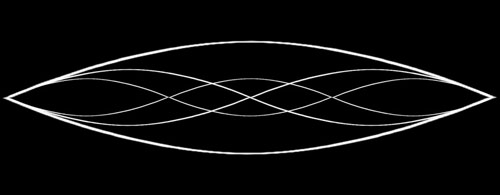
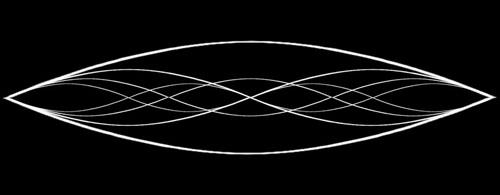
On it goes with the 3rd harmonic, which is 1/4 of the base tone resulting in the second octave.
When we keep adding all the harmonics, we get the entire scale of harmonic sounds. Here is how it looks when they are all stacked.
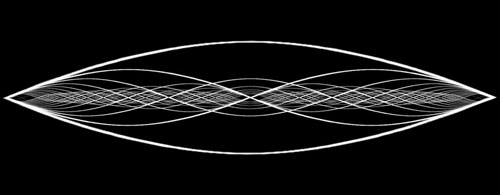
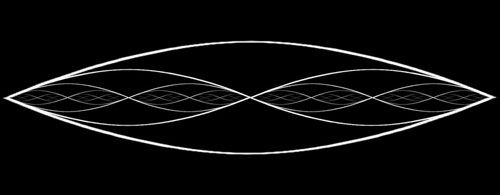
Now what would it look like when we only take the octaves – the multitudes of division of 2?
Remember the image at the top with the circles to demonstrate what a fractal is? The principle of octaves – division by 2 – produces just the same fractal pattern with vibration and sound.
This just scratches the surface and there is much more to say about overtones and harmonics.
Here is an excerpt clip explaining the Hamornic Scale, from a 45-min documentary on this topic that I produced some years back.
Watch the full documentary here
▶ SPACE SOUND VOICE – A QUEST FOR THE ORIGIN OF OVERTONES
Fractal Time
The idea of “Fractal Time” is based upon the cyclic nature of time and events.
I first came across this term in a magazine article about the Mayan calendar. It is about understanding that there are time qualities that repeat themselves in small, big and huge nested cycles.
Years later Gregg Braden released his book called “Fractal Time” in which he takes the same approach to view civilization and history in a much bigger context and to draw meaningful conclusions from it.
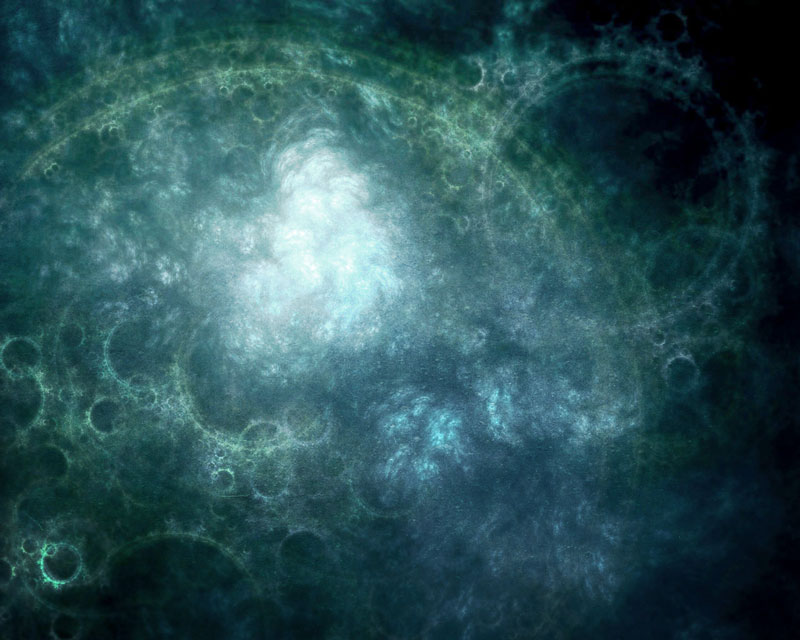
Some of the cycles are quite obvious, such as day and night, moon orbiting around the Earth, and the Earth around the Sun. But what if not only the celestial movements are cyclic, but also the “time qualities” they embody in each part of the cycle?
For us to imagine how these nested cycles of time might look like, let’s watch these little clips. They show that the movement of the celestial bodies are actually spirals.
And of course the trajectory of the sun itself is not straight, but a nested spiral around the centre of the milky way.
Here again we have the fractal principle governing celestial movement trough space and time: spirals within spirals within spirals.
I hope this excursion into the world of fractals was informative and entertaining for you, though it is just a small part of this fascinating and immense topic. There is so much more to discover, explore and to experience through it.
Let me know what you think, feel and want to share in the comments below.

0 Comments